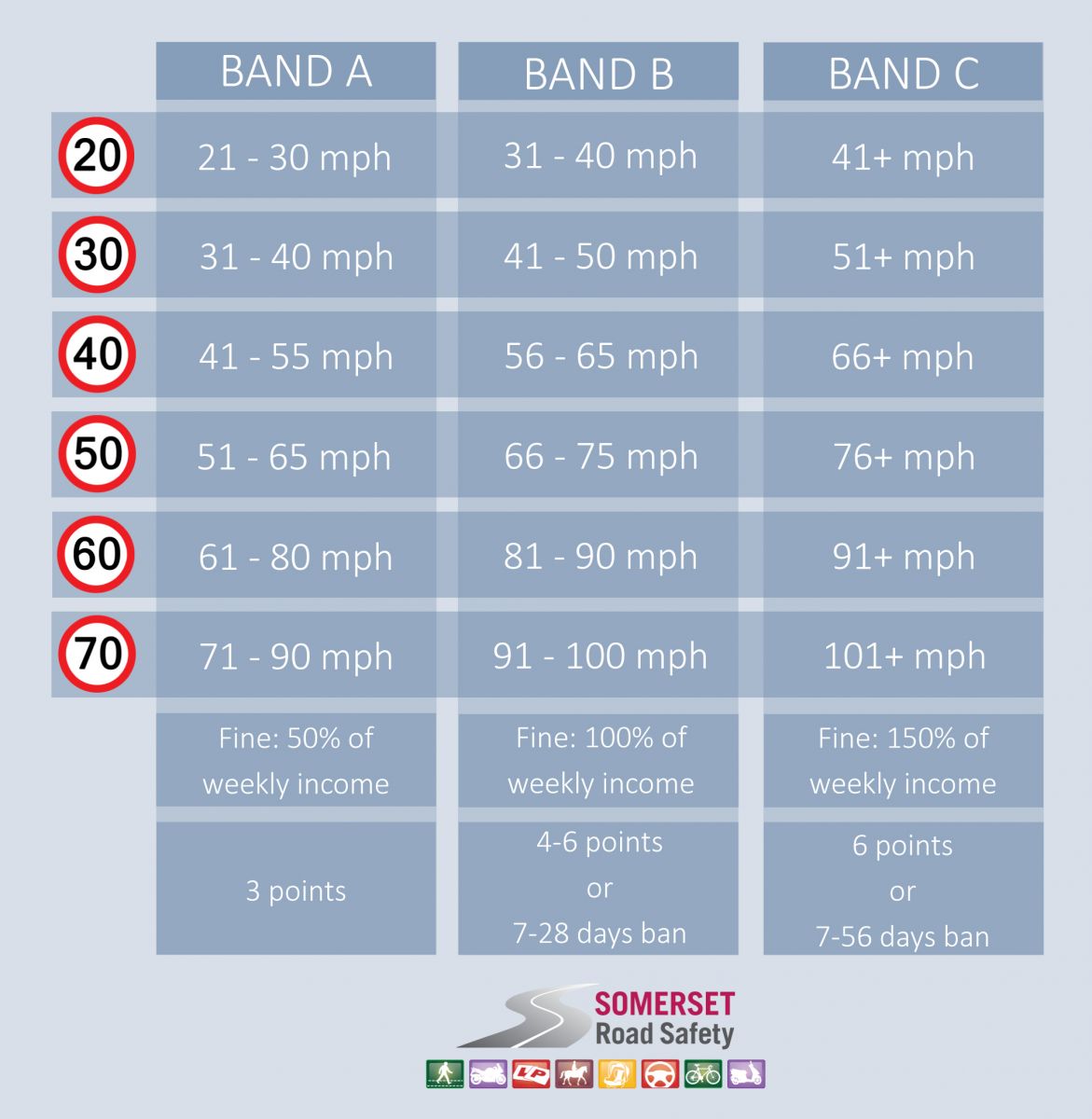Speed
Speeding: The facts
Speeding: The facts
Speeding contributed to around a third of 26,610 serious injuries and 1,770 deaths on Britain’s roads between June 2017 and June 2018. Excessive speed contributes to 11% of all injury collisions, 13% of crashes resulting in a serious injury and 21% of all collisions that result in a fatality.
Approximately two-thirds of all crashes that resulted in a fatality or serious injury happened on roads with a speed limit of 30mph or less. At 35mph a driver is twice as likely to kill someone as they are at 30mph.
The risk of causing death or serious injury is significantly increased when driving over the speed limit. The limit is the absolute maximum and it is not a target. It may be safer to drive a lot slower than the limit suggests; if road conditions are difficult or the volume of traffic deems this necessary.
Driving over the limit leaves less time to identify hazards and react to them. Should the driver not react in time, the collision will be more severe, causing greater injury to the occupants of the vehicle and other road users.
Top tips Keeping below the limit
Following the tips below will help you ensure you’re below the limit, thus reducing your chances of being involved in a collision.
- Plan your time and journey; one of the primary causes of speeding is someone being late
- Be aware of how music affects you; the influence of loud and/or certain genres of music can affect your speed
- In 30mph zones keep in 3rd gear
- Be aware of your surroundings; if you know the limit you are less likely to inadvertently speed
- Learn the typical stopping distances; if you know how long it will take you to stop at certain speeds you are more likely to drive within the limit.
Speeding Penalties
New penalties are in place for speeding offences. Fines are based on the weekly earnings of the offender, and how far over the limit they were. There are also a range of aggravating factors that can increase these fines to a maximum of £1000, but this increases to £2500 on motorways.
Statutory aggravating factors:
- Previous convictions, concerning
- the nature of the offence to which the conviction relates and its relevance to the current offence
- the time that has elapsed since the conviction
- Offence committed whilst on bail
Other aggravating factors:
- Offence committed on licence or post-sentence supervision
- Poor road/weather conditions
- Driving a Large Goods Vehicle (LGV), Heavy Goods Vehicle (HGV) or Public Service Vehicle (PSV)
- Towing caravan/trailer
- Carrying passengers or heavy load
- Driving for hire or reward
- Evidence of unacceptable behaviour when speeding
- Location e.g. near school
- High level of traffic or pedestrians in the vicinity


